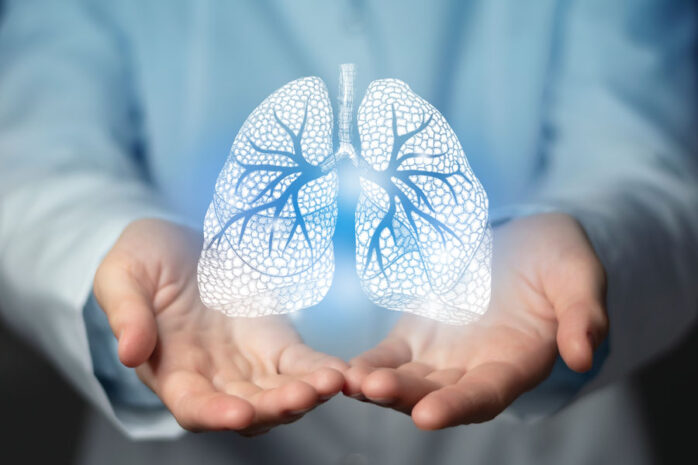
Key Takeaways:
- Respiratory pathogens are invisible threats that can cause a range of infectious diseases.
- Common respiratory pathogens include Influenza virus, Rhinovirus, Respiratory syncytial virus (RSV), and Streptococcus pneumoniae.
- Respiratory pathogens can lead to mild to severe respiratory infections, including pneumonia and bronchitis.
- Respiratory pathogens have a significant impact on public health, causing outbreaks and pandemics.
- Respiratory pathogen detection panels are comprehensive diagnostic tools that can identify multiple pathogens in a single test.
- Using a respiratory pathogen detection panel offers advantages such as high sensitivity, rapid turnaround time, and the ability to identify a wide range of pathogens.
- Proper sample collection and preparation are crucial for accurate results from a respiratory pathogen detection panel.
- Interpreting the results involves considering the clinical significance of the identified pathogens.
- Respiratory pathogen detection panels have implications for both patient care and public health measures.
1. Understanding Respiratory Pathogens: The Invisible Threats
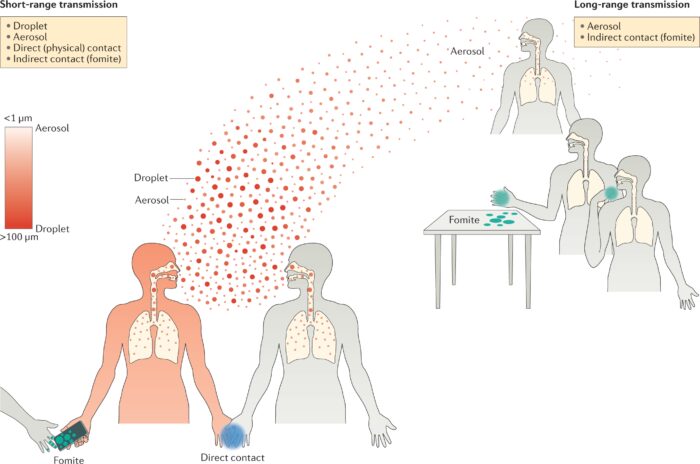
Respiratory pathogens are invisible threats that can cause a range of infectious diseases affecting the respiratory system. These pathogens include viruses, bacteria, fungi, and parasites that can be transmitted through respiratory droplets, direct contact, or airborne particles. Understanding the role of respiratory pathogens in infectious diseases is crucial for effective diagnosis, treatment, and prevention.
The Role of Respiratory Pathogens in Infectious Diseases
Respiratory pathogens play a significant role in the development of infectious diseases. They can invade the respiratory system, causing inflammation, damage to the tissues, and impairing the normal functioning of the respiratory tract. Common symptoms of respiratory infections include cough, sneezing, fever, shortness of breath, and nasal congestion.
Respiratory infections can range from mild to severe. In some cases, they can lead to complications such as pneumonia, bronchitis, sinusitis, and even respiratory failure. Certain respiratory pathogens, such as influenza virus and SARS-CoV-2 (the virus responsible for COVID-19), can cause widespread outbreaks and pandemics, posing a significant threat to public health.
Common Respiratory Pathogens and Their Characteristics
There are numerous respiratory pathogens that can cause infections in humans. Some of the most common ones include:
- Influenza virus: Influenza viruses are a group of RNA viruses belonging to the Orthomyxoviridae family. They are responsible for seasonal flu outbreaks, which can range from mild to severe illness.
- Rhinovirus: Rhinoviruses are a group of RNA viruses that cause the common cold. They account for a significant portion of respiratory infections, especially during the colder months.
- Respiratory syncytial virus (RSV): RSV is a common respiratory pathogen that can cause severe respiratory infections, particularly in infants, young children, and older adults.
- Streptococcus pneumoniae: S. pneumoniae is a bacteria that commonly colonizes the respiratory tract. However, it can cause severe infections, including pneumonia and meningitis, especially in individuals with weakened immune systems.
Each respiratory pathogen has its own characteristics, including its mode of transmission, incubation period, and clinical presentation. Understanding these characteristics is essential for accurate diagnosis and appropriate management of respiratory infections.
The Impact of Respiratory Pathogens on Public Health
Respiratory pathogens have a significant impact on public health due to their ability to spread rapidly and cause outbreaks. Influenza outbreaks, for example, can result in increased hospitalizations, workforce absenteeism, and economic burden. The COVID-19 pandemic, caused by the novel coronavirus SARS-CoV-2, has highlighted the devastating consequences of a highly contagious respiratory pathogen on a global scale.
Public health measures, such as vaccination, outbreak surveillance, and implementation of infection control practices, are essential for preventing and controlling the spread of respiratory pathogens. Diagnostic tools, such as respiratory pathogen detection panels, play a crucial role in identifying and monitoring these pathogens, enabling prompt and targeted interventions to mitigate their impact.
2. Introduction to the Respiratory Pathogen Detection Panel
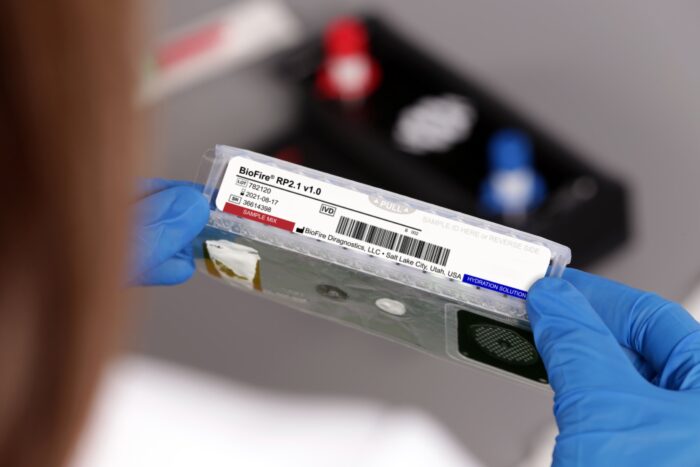
A respiratory pathogen detection panel is a comprehensive diagnostic tool designed to identify a wide range of respiratory pathogens in a single test. It utilizes advanced molecular techniques, such as polymerase chain reaction (PCR) and nucleic acid amplification, to detect the genetic material (DNA or RNA) of the pathogens.
What is a Respiratory Pathogen Detection Panel?
A respiratory pathogen detection panel is a multiplex test that simultaneously screens for multiple respiratory pathogens. These panels can detect viruses, bacteria, and fungi that cause respiratory infections. By using a single test, healthcare providers can obtain a comprehensive and accurate diagnosis, allowing for timely and targeted treatment decisions.
The Benefits of Using a Comprehensive Panel
Using a comprehensive respiratory pathogen detection panel offers several advantages over traditional diagnostic methods. Firstly, it allows for the identification of multiple pathogens in a single test, reducing the need for multiple individual tests and saving time and resources. Secondly, these panels have high sensitivity and specificity, enabling the detection of even low levels of pathogens, ensuring accurate diagnosis.
Additionally, respiratory pathogen detection panels can help in the early identification of outbreaks and epidemiological surveillance. By monitoring the prevalence and distribution of respiratory pathogens, healthcare authorities can implement timely interventions to mitigate the spread of infections and protect public health.
The Science Behind Respiratory Pathogen Detection
Respiratory pathogen detection panels utilize molecular techniques to identify the presence of specific genetic material in a patient sample. These techniques, such as PCR and nucleic acid amplification, amplify and detect the genetic material of the pathogens, providing highly accurate results.
The process involves collecting a respiratory sample, such as a nasal or throat swab, and extracting the nucleic acids from the sample. The extracted genetic material is then subjected to PCR or other amplification techniques, which target specific regions of the pathogen’s DNA or RNA. If the genetic material of the pathogen is present in the sample, it will lead to the amplification of the target sequence, indicating a positive result.
3. Key Features and Advantages of a Respiratory Pathogen Detection Panel
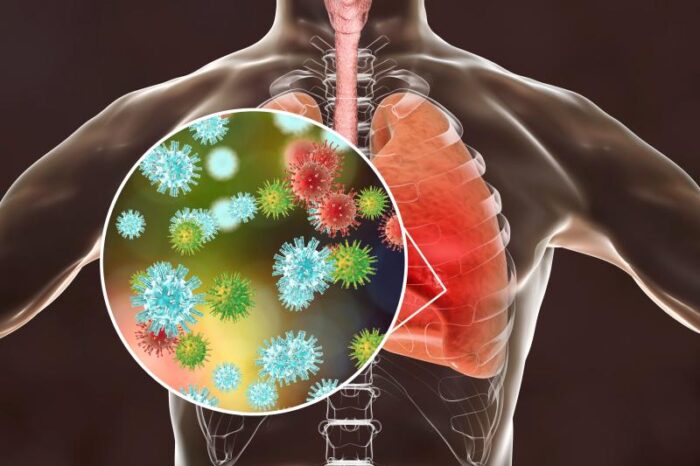
A respiratory pathogen detection panel offers several key features and advantages that make it a valuable tool in the diagnosis and management of respiratory infections.
High Sensitivity and Specificity: Detecting Even Low Levels of Pathogens
Respiratory pathogen detection panels have high sensitivity and specificity, enabling the detection of even low levels of pathogens in patient samples. This is particularly important for respiratory pathogens that may be present in low concentrations or during the early stages of infection.
The ability to detect low levels of pathogens ensures accurate diagnosis and appropriate treatment. It also allows healthcare providers to identify individuals with mild or asymptomatic infections who may unknowingly transmit the pathogens to others, contributing to the spread of respiratory infections.
Rapid Turnaround Time: Getting Accurate Results in a Short Period
One of the major advantages of using a respiratory pathogen detection panel is the rapid turnaround time for obtaining results. Traditional diagnostic methods often require time-consuming culture techniques or multiple individual tests, leading to delays in diagnosis and treatment.
Respiratory pathogen detection panels can provide accurate results within a few hours, allowing healthcare providers to initiate appropriate treatment promptly. This is crucial, especially in cases where early intervention can significantly impact patient outcomes and help prevent the spread of the infection.
Wide Range of Pathogens: Identifying Multiple Pathogens Simultaneously
Another key advantage of using a respiratory pathogen detection panel is its ability to identify multiple pathogens simultaneously. These panels can screen for a wide range of respiratory viruses, bacteria, and fungi, providing a comprehensive diagnostic profile.
Identifying multiple pathogens in a single test allows healthcare providers to understand the complete clinical picture and make informed treatment decisions. It also helps in detecting co-infections, where multiple pathogens are present simultaneously, and guiding appropriate management strategies.
4.How to Utilize and Interpret the Results of a Respiratory Pathogen Detection Panel
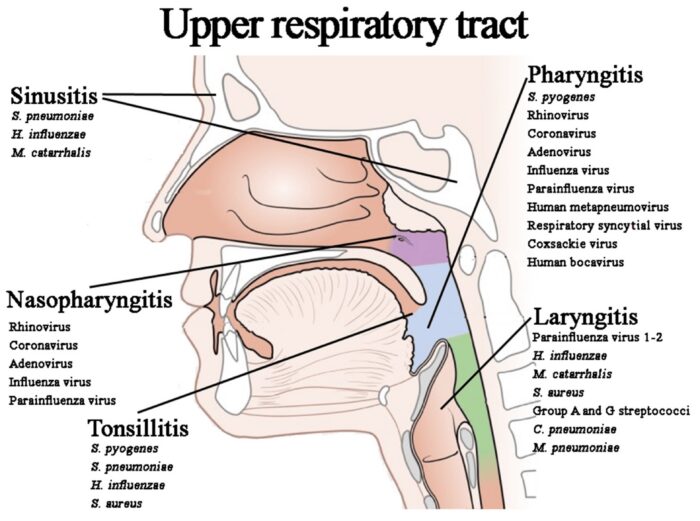
Utilizing and interpreting the results of a respiratory pathogen detection panel requires a systematic approach to ensure accurate diagnosis and appropriate management.
Sample Collection and Preparation for Testing
Proper sample collection and preparation are essential for obtaining reliable results from a respiratory pathogen detection panel. Samples are typically collected using nasal swabs, throat swabs, or sputum samples, depending on the suspected pathogens and clinical presentation.
Healthcare providers should follow specific guidelines for sample collection, ensuring that an adequate sample is obtained and processed according to the manufacturer’s instructions. Improper collection or handling of samples may lead to false-negative results or contamination, compromising the accuracy of the test.
Interpreting the Results: Identifying Pathogens and Their Significance
Interpreting the results of a respiratory pathogen detection panel involves identifying the pathogens detected and assessing their clinical significance. The panel will provide a report indicating the presence or absence of specific pathogens in the patient sample.
Healthcare providers should consider the patient’s clinical presentation, medical history, and the known characteristics of the identified pathogens to determine the significance of the findings. Not all identified pathogens may be responsible for the patient’s symptoms, and some may represent colonization rather than active infection.
Implications for Patient Care and Public Health Measures
The results of a respiratory pathogen detection panel have implications for both patient care and public health measures. For individual patients, the results guide appropriate treatment decisions, including the choice of antimicrobial therapy, antiviral treatment, or supportive care.
In a public health context, the results can contribute to disease surveillance and outbreak investigation. By monitoring the prevalence and distribution of respiratory pathogens, healthcare authorities can implement targeted interventions, such as vaccination campaigns or infection control measures, to limit the spread of infections and protect the population.
In conclusion, a respiratory pathogen detection panel is a valuable tool in the diagnosis, management, and prevention of respiratory infections. It offers high sensitivity, rapid turnaround time, and the ability to identify a wide range of pathogens in a single test.
By utilizing and interpreting the results effectively, healthcare providers can make informed decisions for individual patients and contribute to the broader public health efforts in controlling the spread of infectious diseases, optimizing treatment strategies, and enhancing overall community health and safety.







